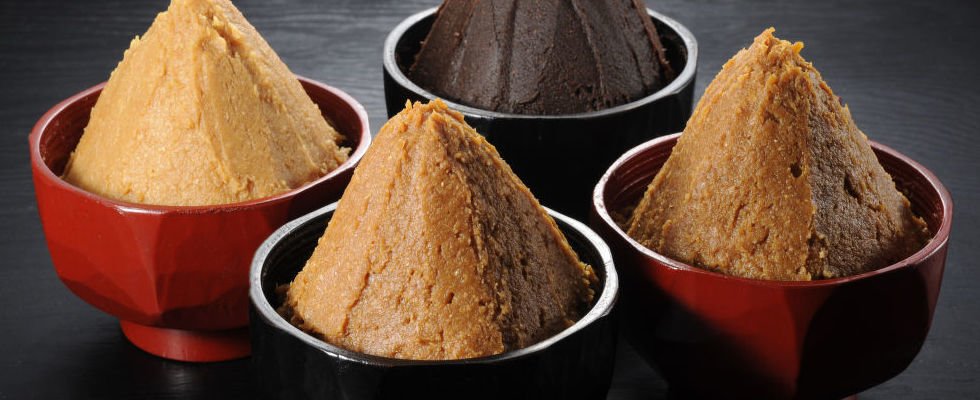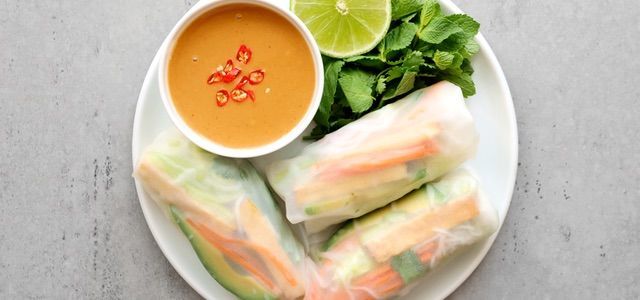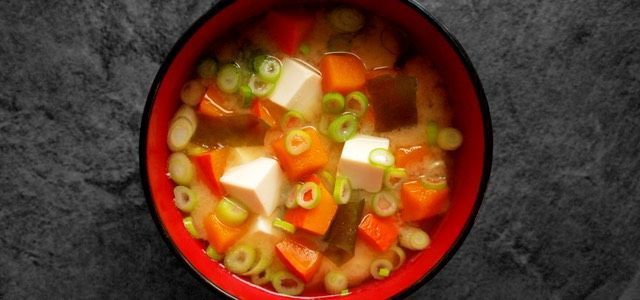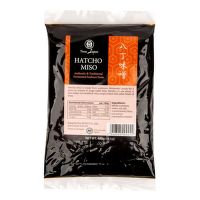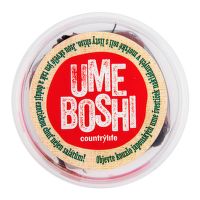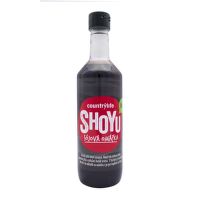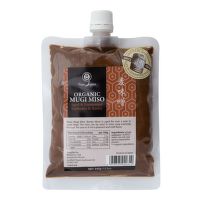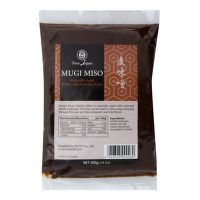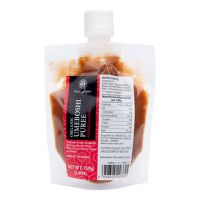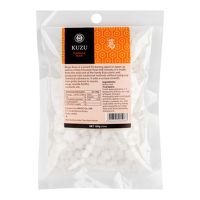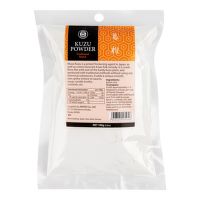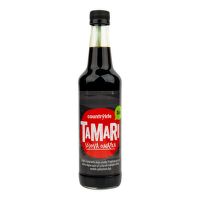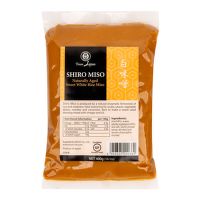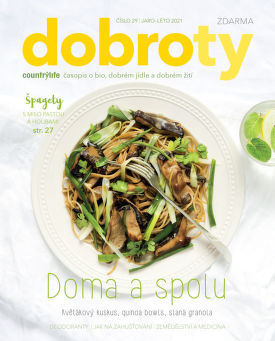Description
Tips to use:
- Miso soup - the recipe for our version of the miso soup can be found here
- To prepare salad dressings and dips - combine with sour component (vinegar, lemon juice), oil component (olive, sesame or another oil, tahini sesame paste) and sweet component (honey, maple, barley, agave or another syrup), try to prepare, for example, miso-tahini dressing (1 - 2 teaspoons of miso, 4 tablespoons of tahini sesame paste, 2 tablespoons of maple syrup, 1 tablespoon of apple vinegar, if necessary, dilute with a little bit of water)
- Miso butter - mix 4 tablespoons of organic butter and 1 - 2 tablespoons of miso, stir until smooth, the butter tastes delicious when combined with hot cooked cauliflower, broccoli, asparagus or green beans
- Glazing - put vegetables (zucchini, carrot, parsley,...) on a baking tin, pour with a few drops of olive oil and bake in the oven, take the tin out approximately in the middle of baking, spread with the mix of miso, olive oil and honey or maple syrup and continue baking
- To flavour various dishes - soups (including broths), spreads, legume and vegetable meals, sauces (also creamy sauces)
- Miso tastes delicious when combined with buckwheat and mushrooms (add a little bit of miso at the end of steaming, it will thicken your mushroom sauce and you will have a delicious sauce)
Although Miso pastes come from Japan, they are a great universal condiment that can be used in any cuisine. It is a traditional product for which soybeans are mixed with salt and koji fermentation agent and are subsequently left to ferment in large wooden barrels. Cereals, most often rice and barley, are usually added to the basic food stuff mentioned above.
There are countless kinds of miso ranging from those that are fermented just for 5 days to those that have been fermented for several years, from light yellow to dark brown. The colour of miso is a reliable indicator of what taste you can expect. The darker the miso, the more distinct and aromatic the taste. Its taste is a little bit similar to the taste of soy sauce, but it is fuller and richer. In many cases, it can be confused with shoyu and tamari soy sauces.
Genmai miso is a medium brown miso made of soy and natural rice. It is earthy and distinctive enough and is thus ideal as "my first miso." Genmai miso is fermented for approximately one year, its saltiness is standard (10.3% of salt) and is gluten-free.
Muso Company was established 30 years ago according to the basic principles of macrobiotic diet, which is a specific way of eating and lifestyle. The company emphasises and focuses on quality and uses traditional manufacturing processes. The ingredients used to produce the products are not genetically modified.
This product will be appreciated primarily by consumers with an interest in organic farming and a sustainable farming system. Organic food always goes through a system of checks and certifications that ensures their quality and enables them to bear this designation.
Composition
SOY BEANS* 40.9%, brown rice* 35.2%, edible sea salt, water, roasted BARLEY FLOUR, fermentation agent (Aspergillus oryzae). *product of controlled organic farmingAlergens
Soybeans
Storage
Store in a properly sealed packaging in a dry and cool place. After opening, store in the refrigerator.



